Superfamily Clausilioidea Subfamily Baleinae Rank Species | Genus Balea | |
 | ||
Similar Balea, Clausilia, Cochlodina laminata, Clausilia bidentata, Macrogastra | ||
Balea perversa is a species of air-breathing land snail, a terrestrial pulmonate gastropod mollusk in the family Clausiliidae, the door snails. The shell of this species is left-handed in coiling and it looks like a juvenile of a clausiliid.
Contents
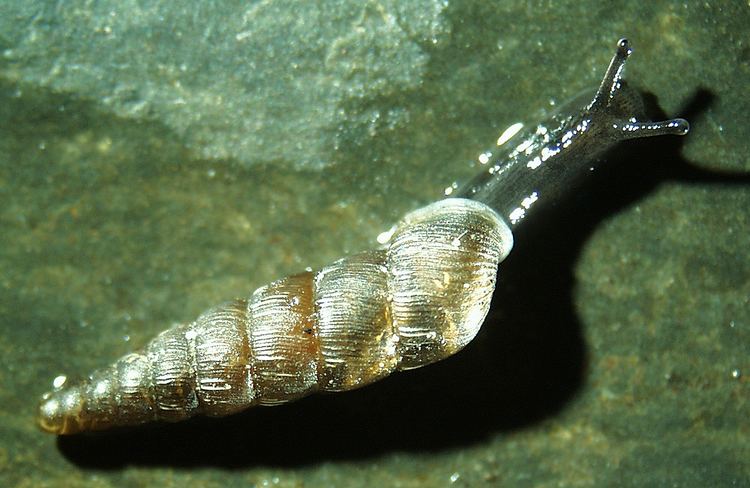
Balea perversa (as its synonymous name Pupa fragilis) is the type species of the genus Balea.
Distribution
The distribution of this species is from Western Europe to Crimea:
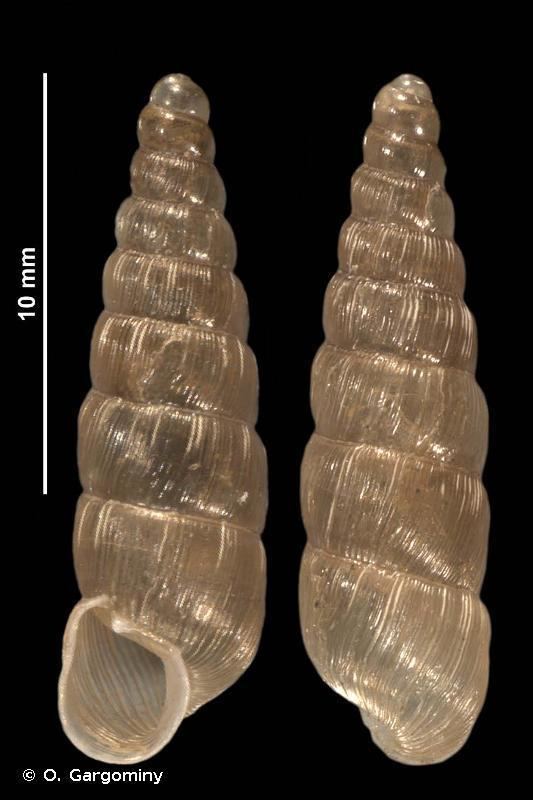
It was referred from Crimea, but it was probably Mentissa gracilicosta.
Description

The shell is small and resembles that of a juvenile clausilid. The color is pale brownish and the surface is often silky shiny. The shell often has distinct riblets. The apical whorls are cylindrical. The shell has 8-9 whorls and (unlike many clausiliids) the last whorl has the largest diameter. It is densely ribbed. The cervix is almost without keel. Apart from a rudimentary parietal fold, there are no folds in the aperture. This species has no clausilium.
The width of the shell is 2.5-2.7 mm; the height of the shell is 7-10 mm.
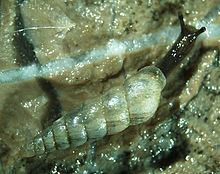
Balea perversa differs from Balea heydeni in that it is a less slender and brownish rather than yellowish shell; the first whorl increases in diameter less rapidly, and the sculpture is more prominently striated (with what are usually distinct riblets rather than coarse growth lines).
Ecology
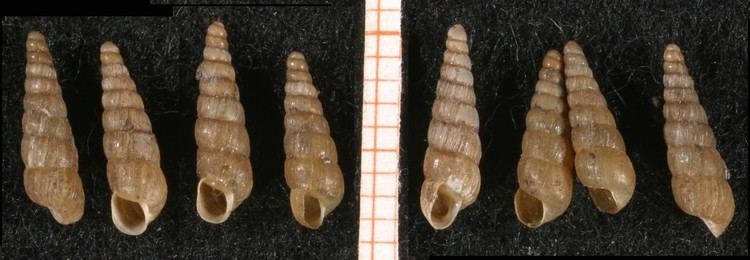
Balea perversa lives on mosses and at the bark of trees, also near roads, at walls and rocky slopes, at rocks, less commonly in ground litter. It lives often on surfaces encrusted with lichens and other epiphytes. It prefers trees with rough bark. It prefers shady habitats in Portugal. It may tolerate non-calcareous soils. In Bulgaria it lives up to 1600 m, perhaps 2400 m, in Switzerland up to 2000 m.
It is easily dispersed by birds.
It feeds on mosses, algae, lichens and cyanobacteria.
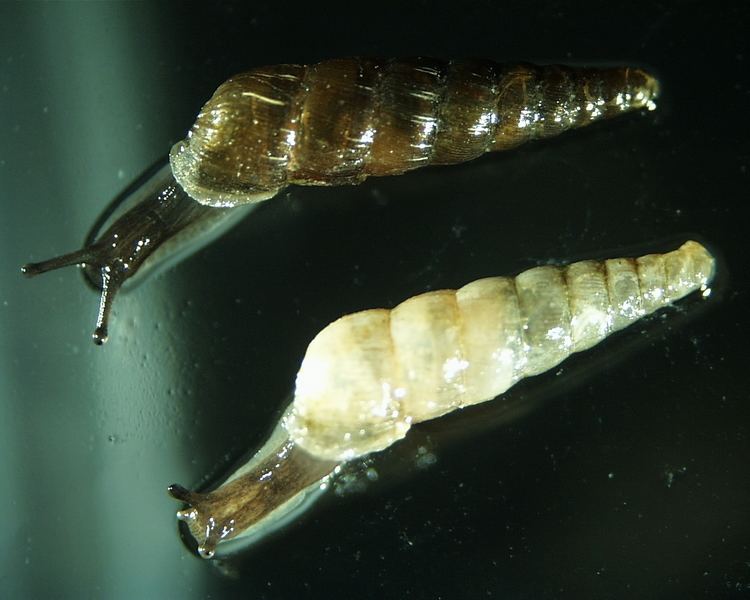
It is ovoviviparous, self-fertilization predominates, even in laboratories when snails are kept in pairs. Animals can reach maturity after 3-4 months under favourable conditions, one adult can give birth to 10-20 juveniles per year. Animals can also be active in mild winters.
It is locally threatened by too thorough and too frequent restorations of old buildings, acid rains, air pollution and cutting of old trees. It has largely disappeared from inside cities. Remains frequent in Ireland, but many colonies in lowland England have certainly disappeared, extinct around London since the 1920s.
